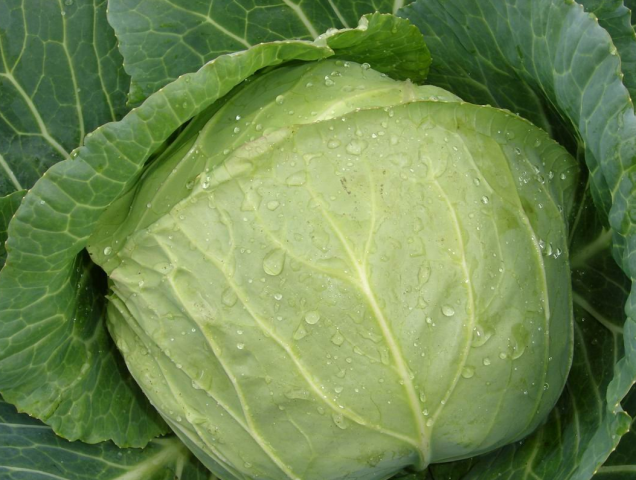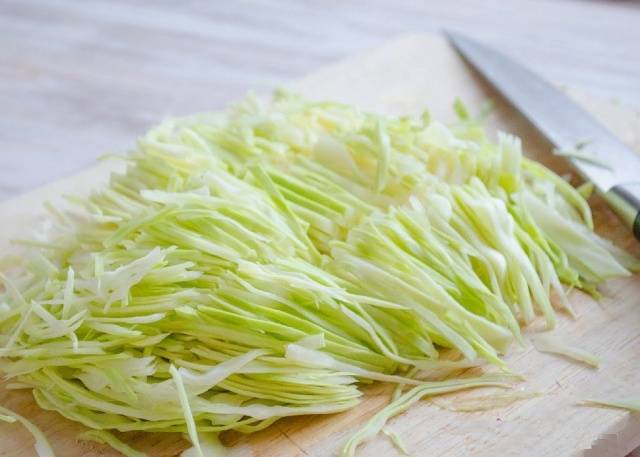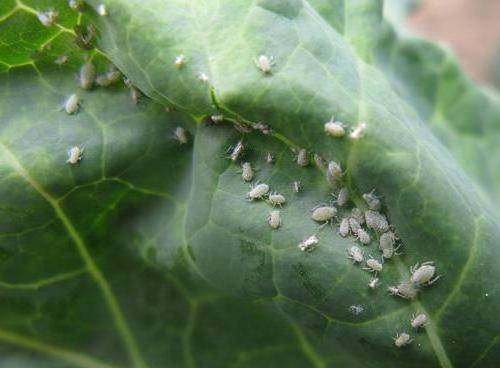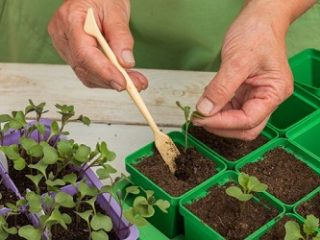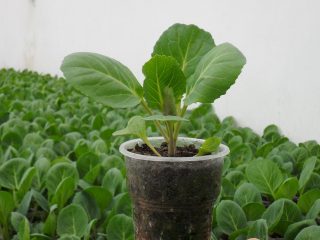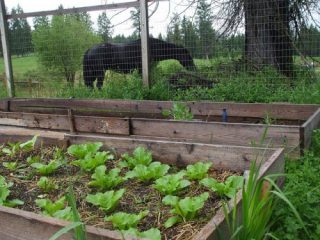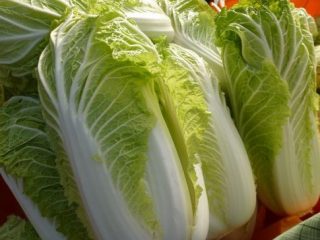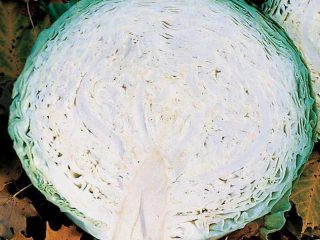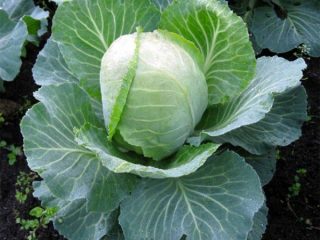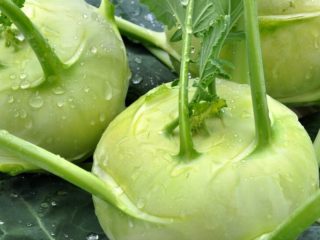Content
In the spring we are so short of vitamins that we try to saturate our diet as much as possible with all kinds of vegetables, fruits, and herbs. But there are no more useful products than those grown with your own hands. That is why each plot should have a place for ultra-early ripening varieties and crops. These include the Parel F1 cabbage variety. Within just 60 days after germination, this hybrid is capable of forming a beautiful, fresh head of cabbage, filled with all the necessary vitamins. Growing such ultra-early cabbage is not at all difficult. We will try to give all the necessary recommendations for this and a full description of the variety in our article.
Description of cabbage
The Parel F1 variety was bred by Dutch breeders. Thanks to the crossing of several productive varieties, it was possible to obtain an ultra-early ripening vegetable with excellent external, commercial and taste characteristics. In Russia, the Parel F1 variety has been grown for more than 20 years. During this time, cabbage has proven itself only from the best side. It is cultivated both in small vegetable gardens and in huge agricultural fields.It is worth noting that the quickly ripening Parel F1 cabbage can be an excellent means of generating income, because the first seasonal vegetables cost a lot of money in the market.
When creating the Parel F1 cabbage variety, breeders tried to reduce the ripening period of the forks as much as possible. And it is worth noting that they succeeded. Under favorable conditions, cabbage of this variety ripens in literally 52-56 days. This figure in comparison with other varieties can be called a record. After rapid ripening, the head of cabbage can remain in the garden for a long time (1-2 weeks) without losing its external and taste qualities. This property is very important for summer residents and farmers who cannot regularly monitor the condition of each vegetable.
The Parel F1 variety produces compact, round heads. Their weight is small and varies from 800 g to 1.5 kg. Cabbage leaves have a fresh, appetizing green color. On them you can see a thin layer of waxy coating, which seems to melt at the first touch of your hand. The edges of the leaves of Parel F1 cabbage are loosely closed. Inside the head of cabbage there is a very short stalk, which allows minimizing the amount of waste during the preparation of the vegetable.
The main advantage and benefit of Parel F1 cabbage is its excellent taste. Its leaves are very sweet, juicy and crispy. They are the epitome of freshness. When cutting cabbage, you can feel a barely noticeable, delicate, pleasant aroma that lasts for a long time.
Parel F1 cabbage can be grown in open and protected ground. When using a heated greenhouse, you can harvest vegetables all year round.At the same time, regardless of the cultivation conditions, cabbage retains its excellent appearance and does not crack. The yield of the variety is high and can reach 6 kg/m2.
Use of the variety in cooking
Parel F1 cabbage will become a storehouse of vitamins if eaten fresh. The variety has an excellent taste, contains a lot of fiber, sugar and vitamin C. It is great for preparing salads and adding to first and second courses. The only limitation on the use of cabbage is the inability to ferment it. Like all other early ripening varieties, Parel F1 cabbage is not suitable for pickling.
Resistance to low temperatures and diseases
Like many hybrids, Parel F1 has some genetic resistance to diseases and pests. But you should not rely only on the immunity of the crop, because depending on the stage of growth, vegetables can be partially damaged by various pests:
- At the initial stage of cultivation, cabbage is attacked by leaf beetles, cabbage flies and cruciferous flea beetles.
- During the process of tying a head of cabbage, the activity of cabbage whites is observed.
- An already mature head of cabbage can be attacked by cutworms and cabbage aphids.
Insect infestations can be dealt with preventatively or upon detection. To do this, there is no need to use chemicals at all, because folk remedies in the form of decoctions and infusions can eliminate pests and preserve the quality and usefulness of vegetables.
In addition to insects, fungal and bacterial diseases can pose a threat to cabbage. To detect and eliminate them in a timely manner, you need to know the signs of diseases:
- stem rot is a symptom of blackleg development;
- growths and swellings on the leaves signal the spread of clubroot;
- spots and uncharacteristic plaque on the leaves indicate the presence of downy mildew.
Plant protection from the listed diseases can be ensured at an early stage, even before sowing the crop. Thus, most viruses are hidden on the surface of cabbage seeds. They can be destroyed by heating the grains at a temperature of +60-+700WITH.
The Parel F1 hybrid is resistant to adverse weather conditions and produces consistently high yields year after year. Spring frosts are also not capable of damaging young plants, but during prolonged cold spells it is recommended to protect cabbage in open ground with covering material.
Advantages and disadvantages of the variety
Unfortunately, breeders have not yet been able to develop the ideal cabbage. They still have work to do, but the Parel F1 variety can be considered successful, since its description and characteristics have a lot of positive qualities. Thus, the advantages of the Parel F1 variety include:
- ultra early ripening period of vegetables;
- excellent presentation and ideal external qualities of the forks;
- high resistance to transportation;
- high level of productivity;
- friendly ripening of heads of cabbage;
- good immunity to diseases;
- excellent seed germination;
- crack resistance.
With such a variety of advantages, some disadvantages of the Parel F1 variety may get lost, but we will try to identify them:
- Parel F1 cabbage is not suitable for ripening;
- the yield of the variety is lower than that of some other varieties;
- small size of heads of cabbage;
- The shelf life of vegetables is lower than that of late-ripening varieties.
When choosing seeds, you should take into account the advantages and disadvantages of the variety, and also clearly determine the purpose of the vegetables being grown. Thus, to quickly obtain a useful product, the ultra-early ripening variety “Parel F1” is ideal, but for winter storage or ripening it is recommended to consider the option of planting late-ripening varieties. Experienced gardeners combine these varieties on their site.
Growing cabbage
Parel F1 cabbage is unpretentious and can be grown by propagating seedlings or sowing seeds directly into the ground. These growing technologies have significant differences that are worth remembering.
Growing cabbage seedlings
Seedlings allow you to speed up the ripening process of the already ultra-early ripening variety of cabbage “Parel F1”. The method is effective if there is a greenhouse or greenhouse on the site. You can start growing seedlings as early as March. To do this, prepare a soil mixture and disinfect it. It is recommended to sow seeds immediately in separate containers to avoid intermediate diving.
Optimal seedling growth is observed in good lighting and temperature +20-+220C. It is recommended to water Parel F1 plants once a week. To do this, you can use warm water or a weak solution of potassium permanganate. During the entire growing period, seedlings should be fed 1-2 times with nitrogen fertilizers. Secondary feeding is necessary if the cabbage leaves are pale green in color. A few days before planting the seedlings, additional potassium-phosphorus fertilizers must be added to the soil to stimulate root growth.Cabbage seedlings should be planted in the garden at the age of 3-4 weeks.
Seedless growing method
Sowing seeds directly into the ground will slightly slow down the harvesting process, but will not cause much trouble to the farmer. The place for sowing cabbage must be selected and prepared in the fall. In a sunny area, you should dig up the soil, apply fertilizer and form ridges. On top of the prepared bed you need to put a layer of mulch and a black film. This type of flooring should be removed with the arrival of the first warmth of spring. The ground underneath will quickly thaw and be ready for the seed to be planted. Grains should be sown according to the scheme of 4-5 seedlings per 1 m2 land.
Already grown cabbage seedlings need to be regularly fed with nitrogen, potassium and phosphorus fertilizers. Wood ash is a nutrient and at the same time protection against pests for cabbage.
Conclusion
The Parel F1 cabbage variety opens up new opportunities for farmers. With its help, you can grow the very first and most useful vegetables with your own hands. This will not pose any difficulties, and some farmers will even enjoy it, because good seed germination, adaptability to unfavorable conditions and stable yield are the main features of this hybrid, which means that success in cultivation is guaranteed.
